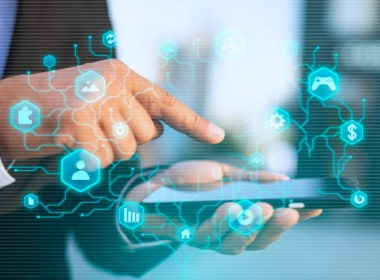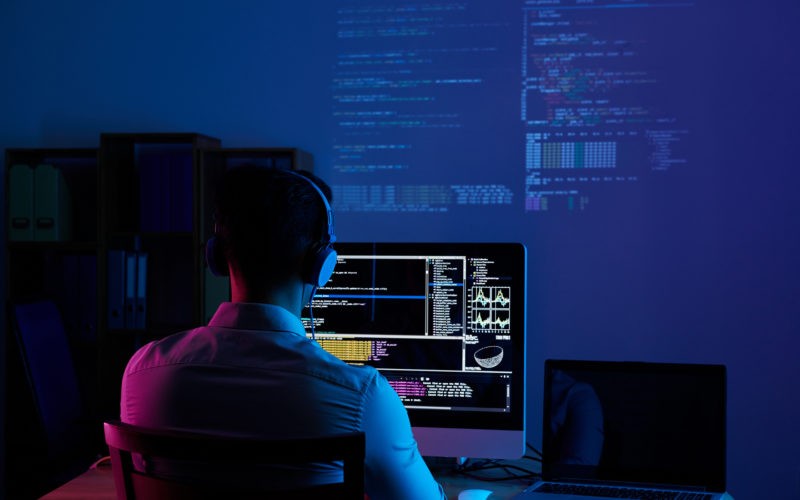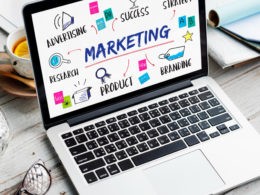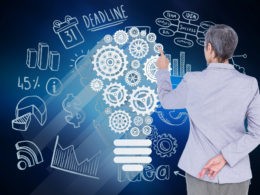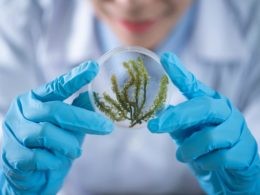Many people, including students, patients and workers outside biology, consider learning about genes and cells to be hard and intimidating. Even though microscopic activities keep everything in a living body active, it is still hard to illustrate or explain them with normal tools. It is here that 3D animation becomes very useful. Using visuals, action and fine details, 3D medical animations can turn difficult biological processes into pictures that people can follow. This supports understanding the material and ensures readers are very engaged and remember it for a long time.
It is not possible to present molecular interactions, cellular structures and genetic sequences so effectively in a clear manner with still images or text, which is why animation is useful. They make it easy to follow and clear, showing hidden processes with great detail and accuracy. 3D animations help teachers, healthcare workers and researchers explain and demonstrate ideas clearly with even the most difficult subjects.
Simplifying Abstract Biological Concepts
Human biology depends on DNA replication, gene transcription and protein synthesis, but these processes can be hard to understand from textbook lessons. Educators and healthcare professionals can illustrate these processes with clear 3D medical animations that show the steps like they happen in the body. People can see in action the pairing of nucleotides, the synthesis of mRNA and the function of ribosomes, all on an interactive screen.
Visual clarity is important for cellular processes, just like for tissue sections. Mitosis, cellular respiration or signal transduction can be made into animation to demonstrate all the stages taking place in a cell. Cells are displayed showing the organelles, enzymes and pathways in action which helps explain the roles and interactions of these processes for the viewer.
Engaging Diverse Learning Audiences
3D medical animations help reach and teach most learners because they can be adjusted to suit several learning styles. A few people learn best through images, but others discover things faster when movement and sound are involved. By combining scientific facts, storytelling and graphics in medical animation, it becomes an accessible way to teach a variety of audiences. Those studying genetics or molecular biology, mostly as high school or undergraduate students, tend to improve their understanding with more interactive lessons.
3D medical animation in patient education helps decrease stress and misunderstandings about procedures or sicknesses caused by genetics, such as hereditary diseases or therapies that involve genes. Scientific terms can confuse patients at an appointment, but using animation to tell them about what is happening in their cells can be easily understood and honors their smarts.
Supporting Scientific Research And Professional Presentations
Showing findings or explaining theories in 3D medical visuals is helpful in presentations for researchers and professionals. Showing how genetics and cells interact can be much clearer and faster using animation, which reduces time and makes results more effective. This is most useful in grant applications, academic conferences and while sharing ideas with others from different fields, because visual aids ease the exchange of information.
Medical animations likewise help improve the design of both printed and online scientific materials. Animations included in articles or attached to web pages can add more educational value to what is being taught. Graphs, diagrams and other visuals help to explain data clearly and aid in both memorizing and understanding it.
Improving Training In Clinical And Laboratory Environments
Clinicians and lab technicians depend on understanding genes and cells, especially in the areas of oncology, pharmacology and genetics. Medical animations created in 3D give them a useful and repeatable guide highlighting different biochemical processes, how cells communicate and genetics methods. Repeating or slowing the videos allows group discussions, so they are ideal for team learning.
Training can use animations to explain how drugs act on cells, the changes caused by mutations and the usage of medical equipment for diagnosis. This helps make better and more accurate medical choices, mostly in personalized medicine that focuses on genetics. Thanks to gene-based diagnostics and therapies being used more in medicine, animated content is proving useful for updating doctors.
Enhancing Online Courses And Remote Education
Both education and job training now include online elements. With online teaching, students tend to get distracted more easily, so educators must try harder to catch and hold their attention. The use of 3D medical animations in lessons can improve the quality of remote learning greatly. Animations can be used in learning management systems, video lessons or quizzes which keeps students interested and engaged.
Also, the fact that animations can show abstract articles about genetics and cells allows instructors to tailor lessons for people who are not all on the same page. Animations can be tailored in difficulty so they are appropriate for students at any level. Being adaptable allows these programs to be a low-cost solution for colleges and schools looking to upgrade their science curriculum.
Using Animations To Address Language Barriers
Education can be difficult in multicultural places when learners share different language backgrounds. Scientific terms are not always easy to explain in other languages. Because 3D medical animations tell the story through visuals, they are easier for everyone to understand. For international medical schools or clinics caring for many different cultures, this brings inclusive and direct communication.
With medical animation being used correctly, both learning about something and trusting are improved. Understanding information helps both patients and students gain confidence and thus performs better in their activities. Representing complex biological activities or procedures in a visual way allows information to be learned better than if only described in words. By using models, fear or anxiety before a procedure can be lessened for patients and students gain more understanding and remember information for longer. Furthermore, the easy comprehension and openness of medical animation help medical experts and their audience build trust and make the details they provide more reliable.
Conclusion
Explaining genetic and cellular processes with 3D medical animation gives many positive results in education, research, hospitals and spreading health messages. Animes provide a friendly way to understand various important microscopic functions that form part of life. Since digital communication is on the rise in healthcare and science, medical animation will keep playing a key role in closing the knowledge-understanding gap.




